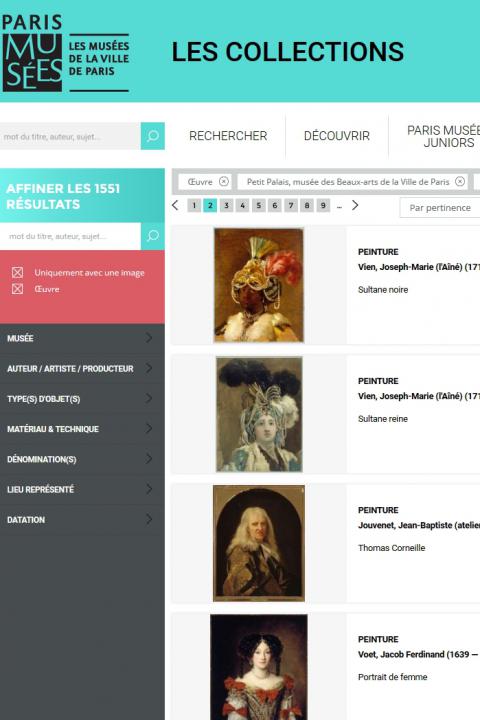Although known as the "Mazarin", the eight-legged desk was in fact probably only created circa 1670-1680, long after the death of the eponymous cardinal and minister. It has two side chests of drawers with three drawers, each standing on four legs joined by a stretcher. A drawer in the middle sits atop a compartment that opens with a flap.
Nicolas Sageot (1666-1731) became a master cabinetmaker in Paris in 1706. He was one of the few to place a stamp on his furniture, long before 1751 when an edict made it compulsory to do so. In 1720 Sageot sold off his stock and lived a comfortable life before going mad in 1723.
His work is part of the marquetry tradition associated with André-Charles Boulle (1642-1732), inspired by the Arabesque patterns of Jean Bérain (1640-1711). Cutting patterns in superimposed layers of brass and tortoiseshell produces two contrasting patterns, each being a kind of negative of the other. The tortoiseshell, which is naturally dark brown, must be placed on top of a tinted layer to take on the red colour.
The panels, no doubt provided to the cabinetmakers by marquetry inlayers who had their own models and produced series of them, sometimes had to be adapted to the dimensions of the unit by adding metal and tortoiseshell bands, as is the case with the side panels of this desk.

City of Paris municipal collection's website
The collections portal can be used to search the collections of Paris’s 14 municipal museums (approximately 336,000 works, including 43,000 belonging to the Petit Palais).
It is also possible to download around 12,000 images of the museum’s works free of charge.
Access the Museums of the City of Paris collections portal
Extern databases
Discover a selection of databases online presenting works from the Petit Palais or documents concerning the history of the museum.
